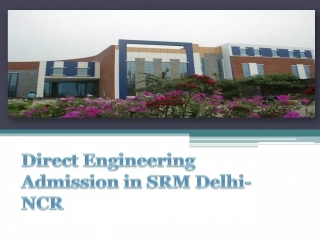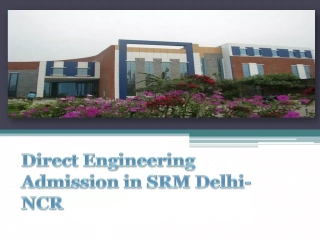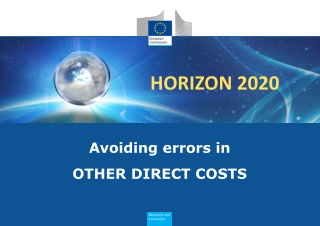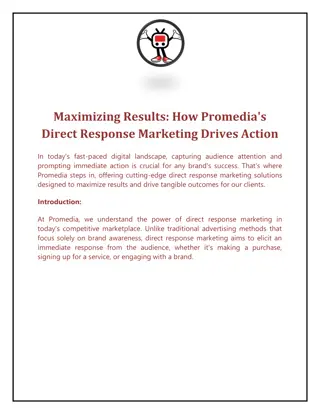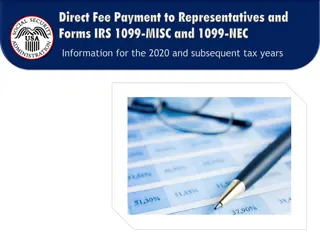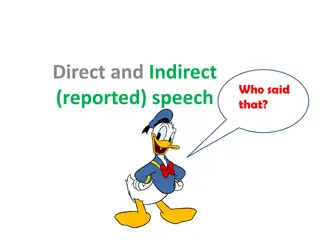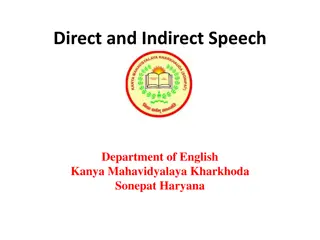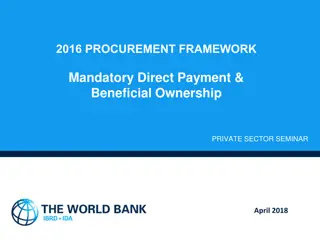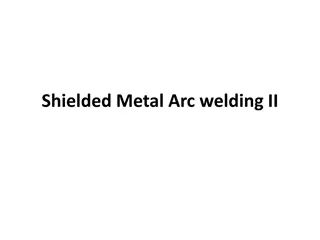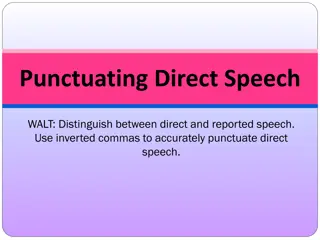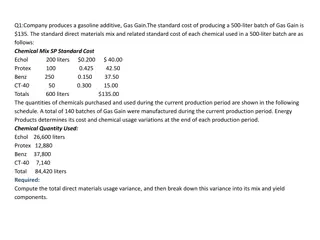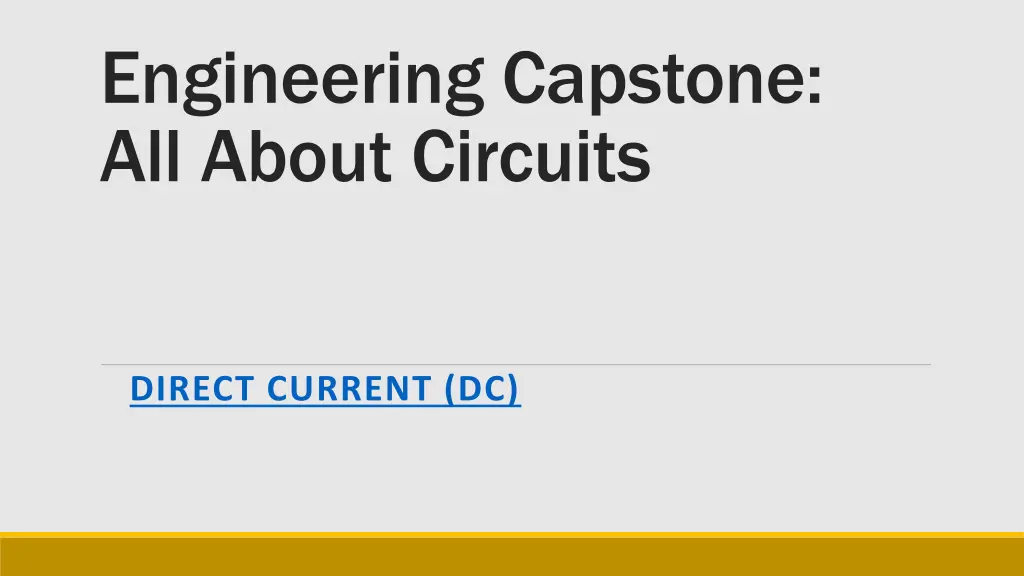
Mastering Electrical Circuits: Essential Concepts and Safety Guidelines
Delve into the world of circuits with topics ranging from basic electricity principles to advanced circuit analysis. Explore Ohm's Law, electrical safety practices, scientific notation, and series/parallel circuits. Enhance your understanding of DC circuits through practical examples and simulations, ensuring a strong foundation in electrical engineering.
Download Presentation

Please find below an Image/Link to download the presentation.
The content on the website is provided AS IS for your information and personal use only. It may not be sold, licensed, or shared on other websites without obtaining consent from the author. If you encounter any issues during the download, it is possible that the publisher has removed the file from their server.
You are allowed to download the files provided on this website for personal or commercial use, subject to the condition that they are used lawfully. All files are the property of their respective owners.
The content on the website is provided AS IS for your information and personal use only. It may not be sold, licensed, or shared on other websites without obtaining consent from the author.
E N D
Presentation Transcript
Engineering Capstone: All About Circuits DIRECT CURRENT (DC)
Table of Contents 1. Basic Concepts Of Electricity 9. Electrical Instrumentation Signals 2. Ohm's Law 10. DC Network Analysis 3. Electrical Safety 11. Batteries And Power Systems 4. Scientific Notation And Metric Prefixes 12. Physics Of Conductors And Insulators 5. Series And Parallel Circuits 13. Capacitors 6. Divider Circuits And Kirchhoff's Laws 14. Magnetism and Electromagnetism 7. Series-parallel Combination Circuits 15. Inductors 8. DC Metering Circuits 16. RC and L/R Time Constants
1. Basic Concepts Of Electricity Static Electricity Conductors, Insulators, and Electron Flow What Are Electric Circuits? Voltage and Current Resistance Voltage and Current in a Practical Circuit Conventional Versus Electron Flow
2. Ohm's Law Ohm s Law - How Voltage, Current, and Resistance Relate An Analogy for Ohm s Law Power in Electric Circuits Calculating Electric Power Resistors Nonlinear Conduction Circuit Wiring Polarity of voltage drops Computer Simulation of Electric Circuits
3. Electrical Safety The Importance of Electrical Safety Physiological Effects of Electricity Shock Current Path Ohm s Law (again!) Safe Practices Emergency Response Common Sources of Hazard Safe Circuit Design Safe Meter Usage Electric Shock Data
4. Scientific Notation And Metric Prefixes Scientific Notation Arithmetic with Scientific Notation Metric Notation Metric Prefix Conversions Hand Calculator Use Scientific Notation in SPICE
5. Series And Parallel Circuits Series Circuits and the Application of Ohm s Law Parallel Circuits and the Application of Ohm s Law Solving Series and Parallel Circuits With the Table Method and Ohm s Law What is the Relationship Between Conductance and Resistance? How to Calculate Power in a Series and Parallel Circuit Applying Ohm s Law Rules and Methods for Circuit Analysis SPICE Simulation of Series and Parallel Circuits Troubleshooting Series and Parallel Circuits Building Resistor Circuits Using Breadboards, Perfboards, and Terminal Strips
6. Divider Circuits And Kirchhoff's Laws Voltage Divider Circuits Kirchhoff s Voltage Law (KVL) Current Divider Circuits and the Current Divider Formula Kirchhoff s Current Law (KCL)
7. Series-parallel Combination Circuits What is a Series-Parallel Circuit? Analysis Techniques for Series Parallel Resistor Circuits Re-drawing Complex Schematics Component Failure Analysis (Continued) Building Series-Parallel Resistor Circuits
8. DC Metering Circuits What is a Meter? Voltmeter Design Voltmeter Impact on Measured Circuit Ammeter Design Ammeter Impact on Measured Circuit Ohmmeter Design High Voltage Ohmmeters Multimeters Kelvin (4-wire) Resistance Measurement Bridge Circuits Wattmeter Design Creating Custom Calibration Resistances
9. Electrical Instrumentation Signals Analog and Digital Signals Voltage Signal Systems Current Signal Systems Tachogenerators Thermocouples pH Measurement Strain Gauges
10. DC Network Analysis What is Network Analysis? Branch Current Method Analysis Mesh Current Method (Loop Current Method) Solving Unbalanced Wheatstone Bridge Circuits Via Mesh Current Method Node Voltage Method Introduction to Network Theorems for Circuit Analysis Millman s Theorem Superposition Theorem How to Use Thevenin s Theorem What is Norton s Theorem and the Norton Equivalent Circuit? Converting Between Thevenin and Norton Equivalent Circuits Millman s Theorem Revisited Maximum Power Transfer Theorem -Y and Y- Conversions
11. Batteries And Power Systems Electron Activity in Chemical Reactions Battery Construction Battery Ratings Special-purpose Batteries Practical Considerations - Batteries
12. Physics Of Conductors And Insulators Introduction to Conductance and Conductors Conductor Size Conductor Ampacity Fuses Specific Resistance Temperature Coefficient of Resistance Superconductivity Insulator Breakdown Voltage
13. Capacitors Electric Fields and Capacitance Capacitors and Calculus Factors Affecting Capacitance Series and Parallel Capacitors Practical Considerations - Capacitors
14. Magnetism and Electromagnetism Permanent Magnets Electromagnetism Magnetic Units of Measurement Permeability and Saturation Electromagnetic Induction Mutual Inductance
15. Inductors Magnetic Fields and Inductance Inductor Voltage and Current Relationship Factors Affecting Inductance Series and Parallel Inductors Practical Considerations - Inductors
16. RC and L/R Time Constants Electrical Transients Capacitor Transient Response Inductor Transient Response Voltage and Current Calculations Why L/R and not LR? Complex Voltage and Current Calculations Complex Circuits Solving for Unknown Time
Contributor List Vol I. Credits
References https://www.allaboutcircuits.com/textbook/direct-current/chpt-1/static-electricity/ This free, multi-volume electrical engineering textbook covers electricity and electronics. Written by Tony R. Kuphaldt under the Design Science License, it has been reformatted and updated by All About Circuits. https://www.allaboutcircuits.com/about-us/

